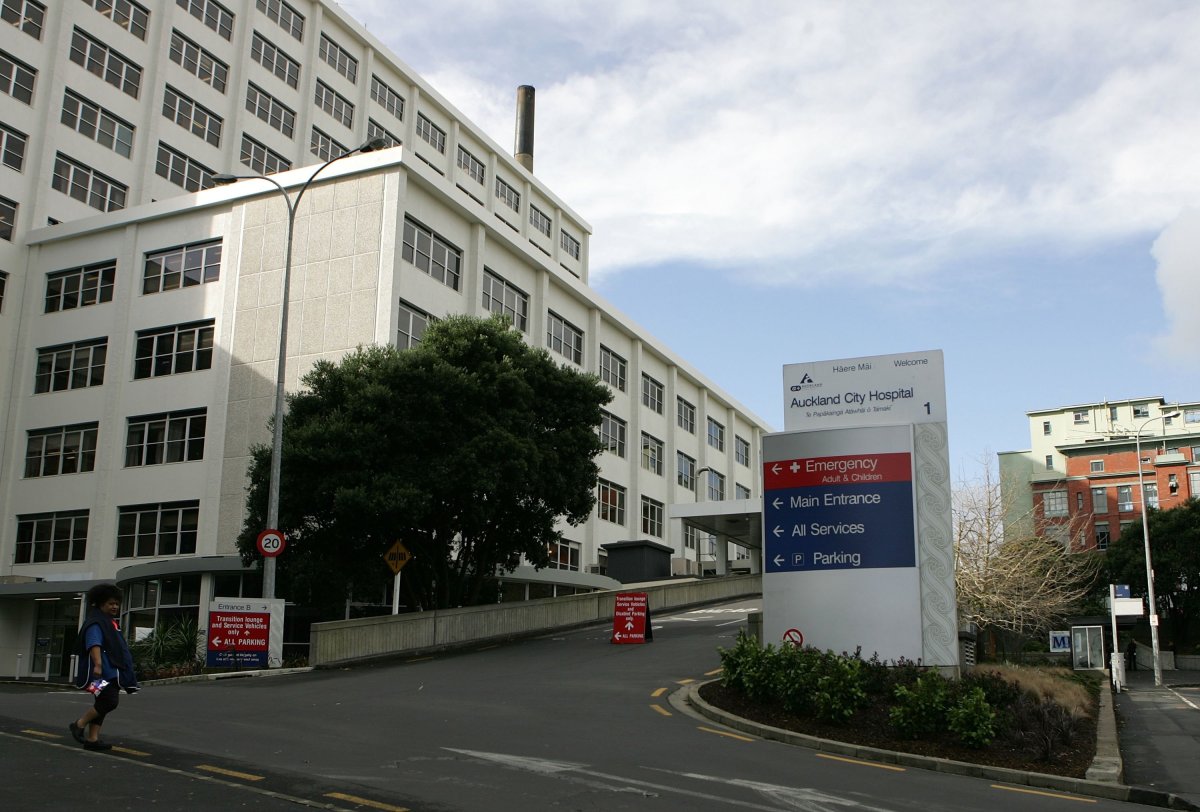A surgical instrument about the size of a dinner plate was discovered inside the abdomen of a woman from New Zealand, 18 months after she underwent a caesarean section.

The patient, who has not been named publicly, reported chronic, crippling pain after giving birth at Auckland City Hospital in 2020.
According to a report from New Zealand’s health and disability commissioner, Morag McDowell, the patient in her 20s had an extra-large Alexis wound retractor (AWR) — a soft, tubal device used to draw back the edges of a wound during surgery — lodged in her abdomen. An extra-large AWR can be as big as 17 centimetres.
For 18 months, the patient complained about pain. She was left without answers because the AWR is reportedly “non-radio opaque” and could not be seen by X-ray. On one occasion, the woman even went to the emergency room because the pain was so severe.
McDowell said Te Whatu Ora Auckland, the region’s public health agency, failed its duty of care to the woman and was in breach of the code of patient rights.
“There is substantial precedent to infer that when a foreign object is left inside a patient during an operation, the care fell below the appropriate standard,” McDowell wrote. “It is a ‘never’ event.
“This resulted in the woman suffering chronic abdominal pain until the device was discovered incidentally on an abdominal CT scan.”
The patient initially had a C-section due to pregnancy complications and her “elevated maternal body mass.”
Following the procedure, doctors and medical staff completed a routine count of all their surgical instruments, but the AWR was not included, as is standard.
A nurse told the health commission no one in their department has ever included an AWR in the tool count because “the Alexis Retractor doesn’t go into the wound completely.” The unnamed nurse said only “half of the retractor needs to remain outside the patient and so it would not be at risk of being retained.”
According to the report, the surgery theatre staff who were present during the patient’s C-section “are genuinely concerned and were most apologetic upon hearing of the woman’s experience.”
The woman had the AWR removed during surgery in 2021.
Following the commission’s investigation, the Te Whatu Ora Group director of operations for Te Toka Tumai Auckland, Dr. Mike Shepherd, released a statement apologizing to the patient.
“On behalf of our Women’s Health service at Te Toka Tumai Auckland and Te Whatu Ora, I would like to say how sorry we are for what happened to the patient, and acknowledge the impact that this will have had on her and her whānau (family group).
“For ethical and privacy reasons we can’t comment on the details of individual patient care. However, we have reviewed the patient’s care and this has resulted in improvements to our systems and processes which will reduce the chance of similar incidents happening again.”
Shepherd is required to submit another written apology within three weeks and must also provide the patient and her family the opportunity to meet face-to-face.
McDowell noted the woman’s case is not the only one of its kind to ever occur in Auckland. She has called for hospitals in the region to have clearer, more fulsome counts of their medical tools (including AWRs) and new training for staff.
Shepherd said he and his teams have “implemented, or are working toward implementing” all of the commission’s recommendations for improved care.
It is not yet clear if there will be any disciplinary action.







Comments